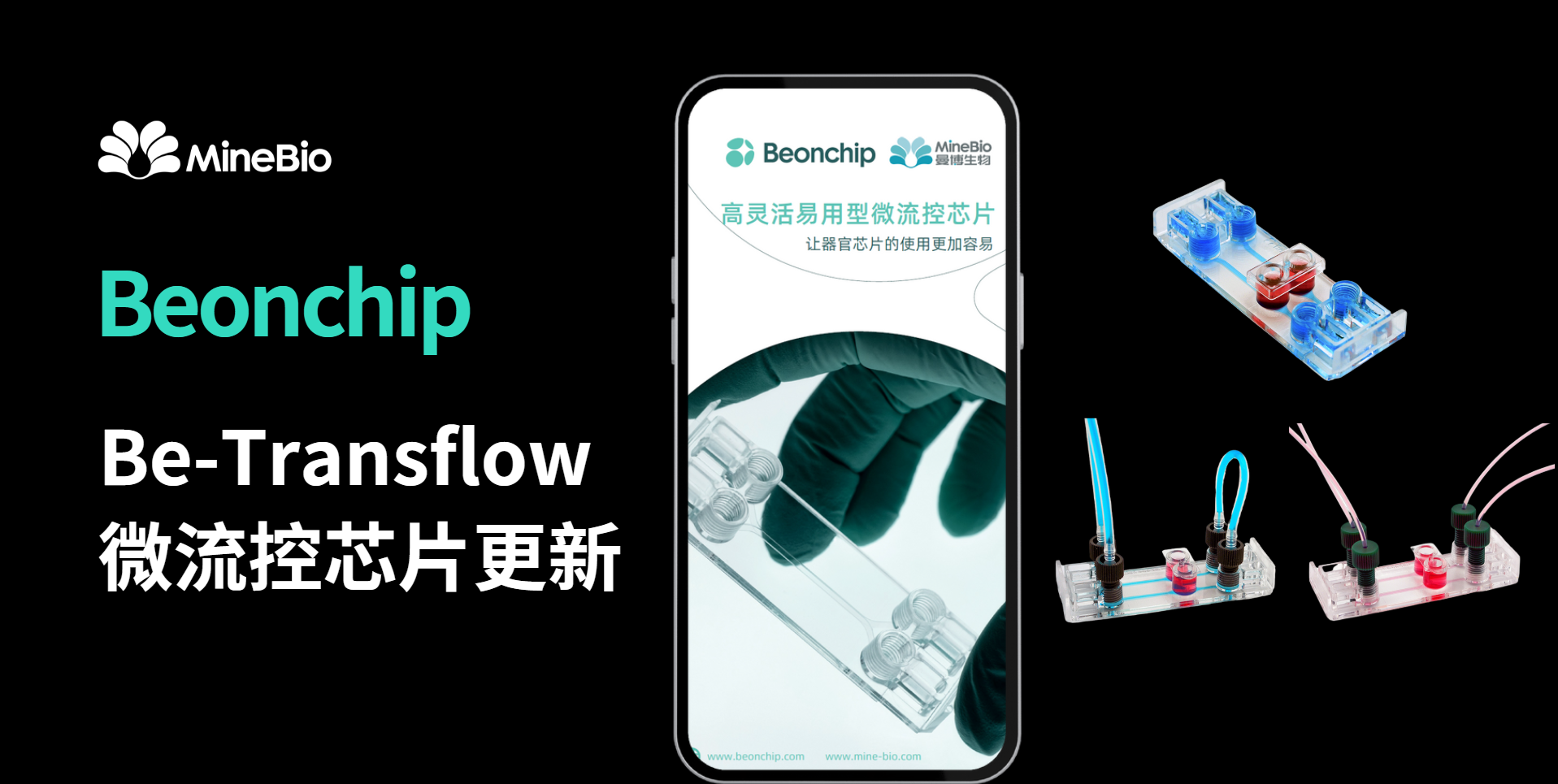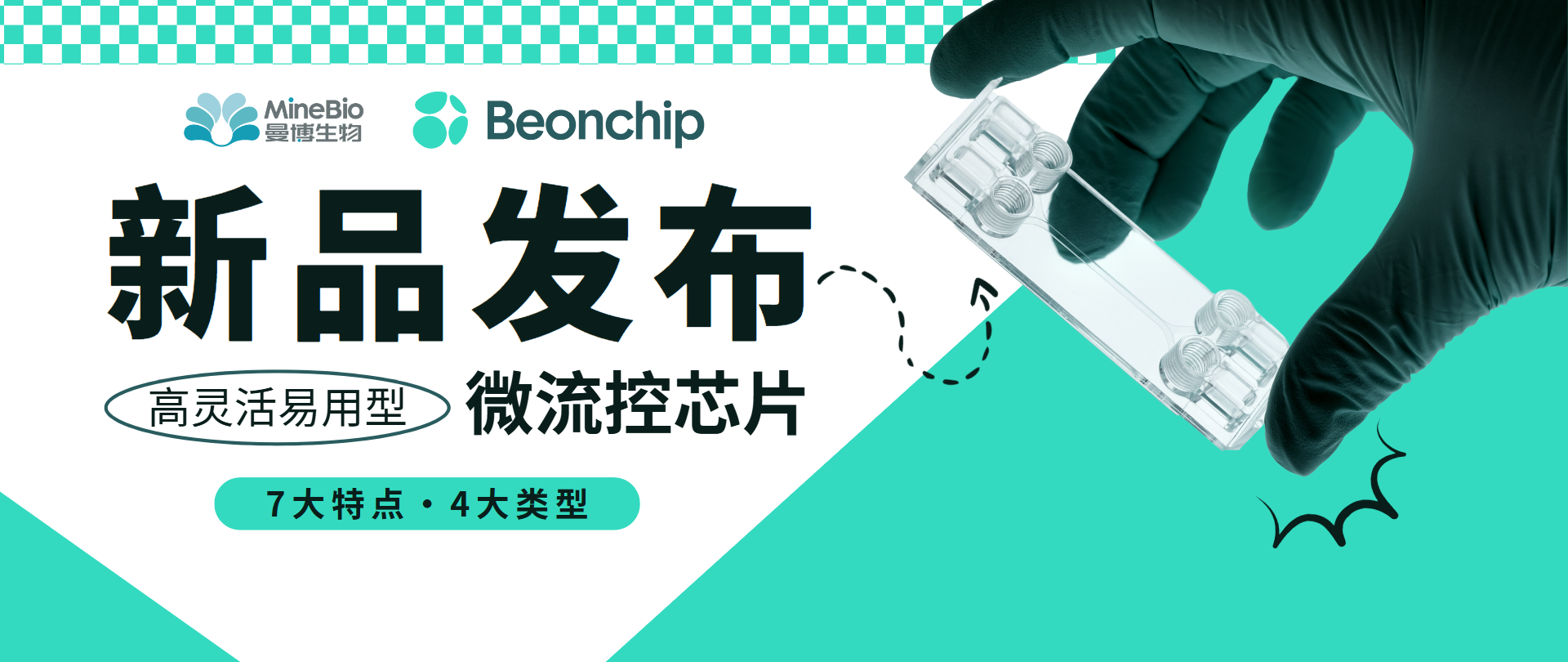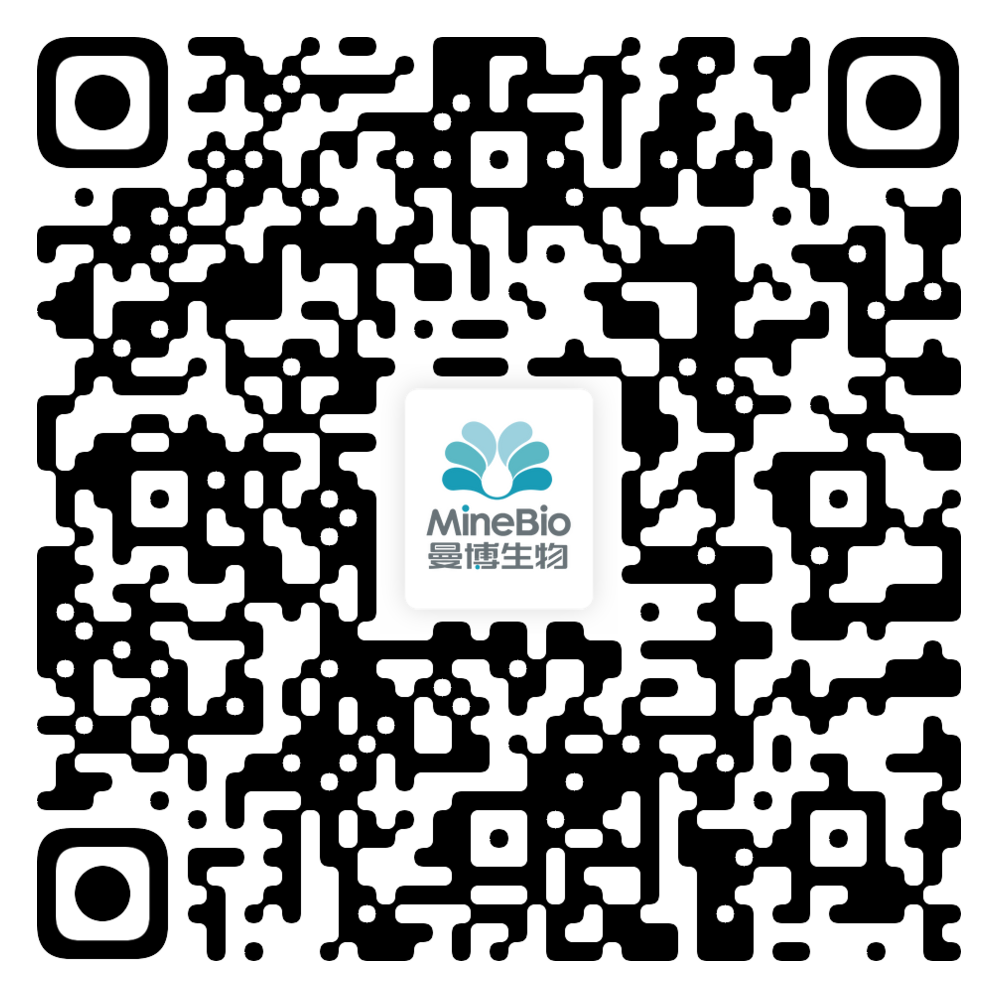查看更多 +

品牌列表
-
仪器设备

-
试剂耗材

- MineBio 精选
- Akron CGT cGMP辅助材料
- Atelerix 常温保存凝胶
- BioLamina人类重组层粘连蛋白
- Cellagen Technology 小分子抑制剂
- Ethos (Exocell) 肾病学检测试剂盒
- GA international 实验室标签解决方案
- InSphero 3D细胞培养耗材
- 嘉士腾 类器官培养试剂
- Ligand PeliCRM197 白喉毒素突变体
- NETRI 神经芯片
- Nordmark 胶原酶
- NIBSC 标准品
- Polysciences转染试剂和化学品
- QKine 细胞因子
- Revvity LentiBOOST慢病毒转导增强剂
- Sexton 人血小板裂解液
- Solallis 化学成分限定的无血清培养基
- Visual Protein 免疫印迹相关试剂
-
细胞

-
生物样本库

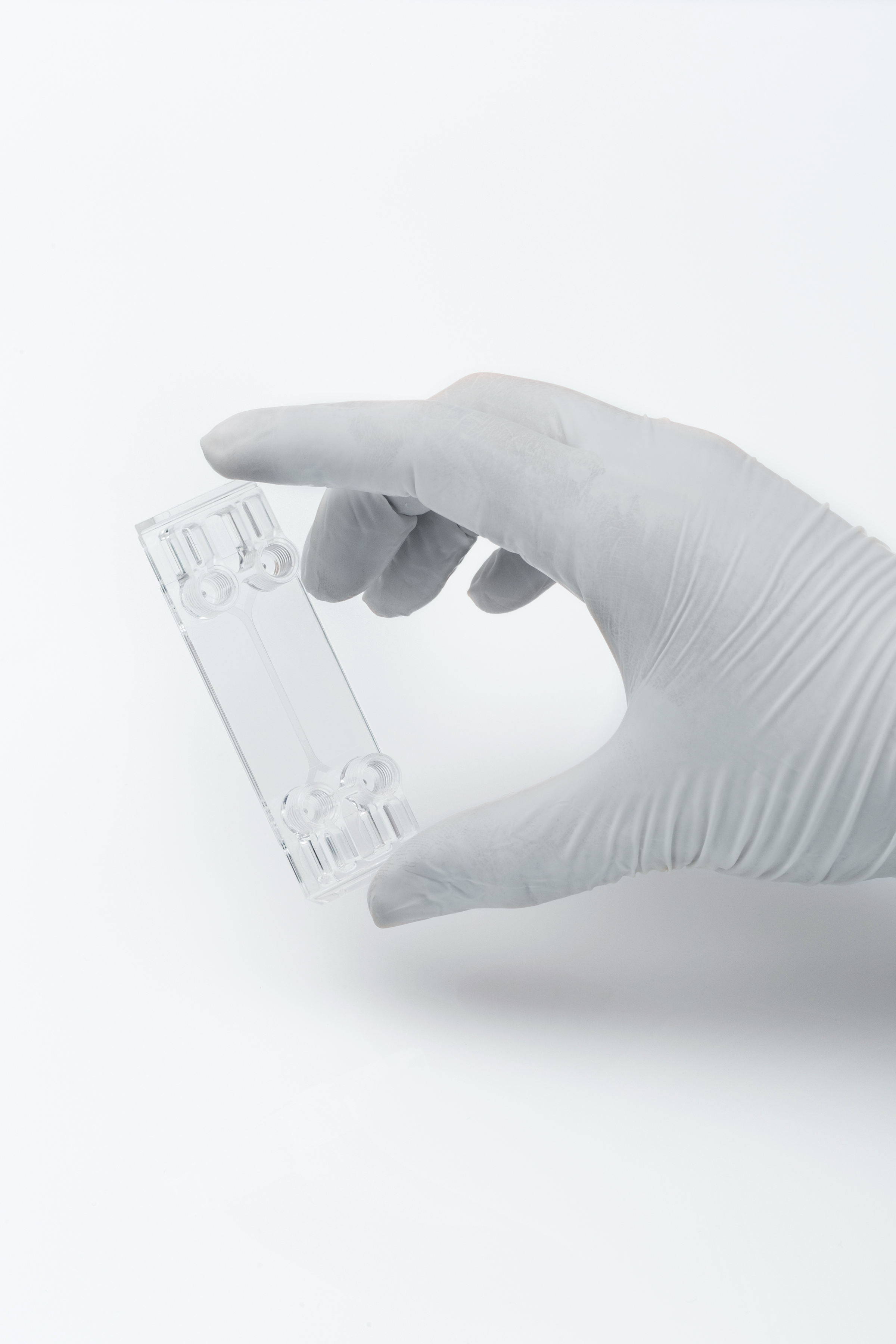
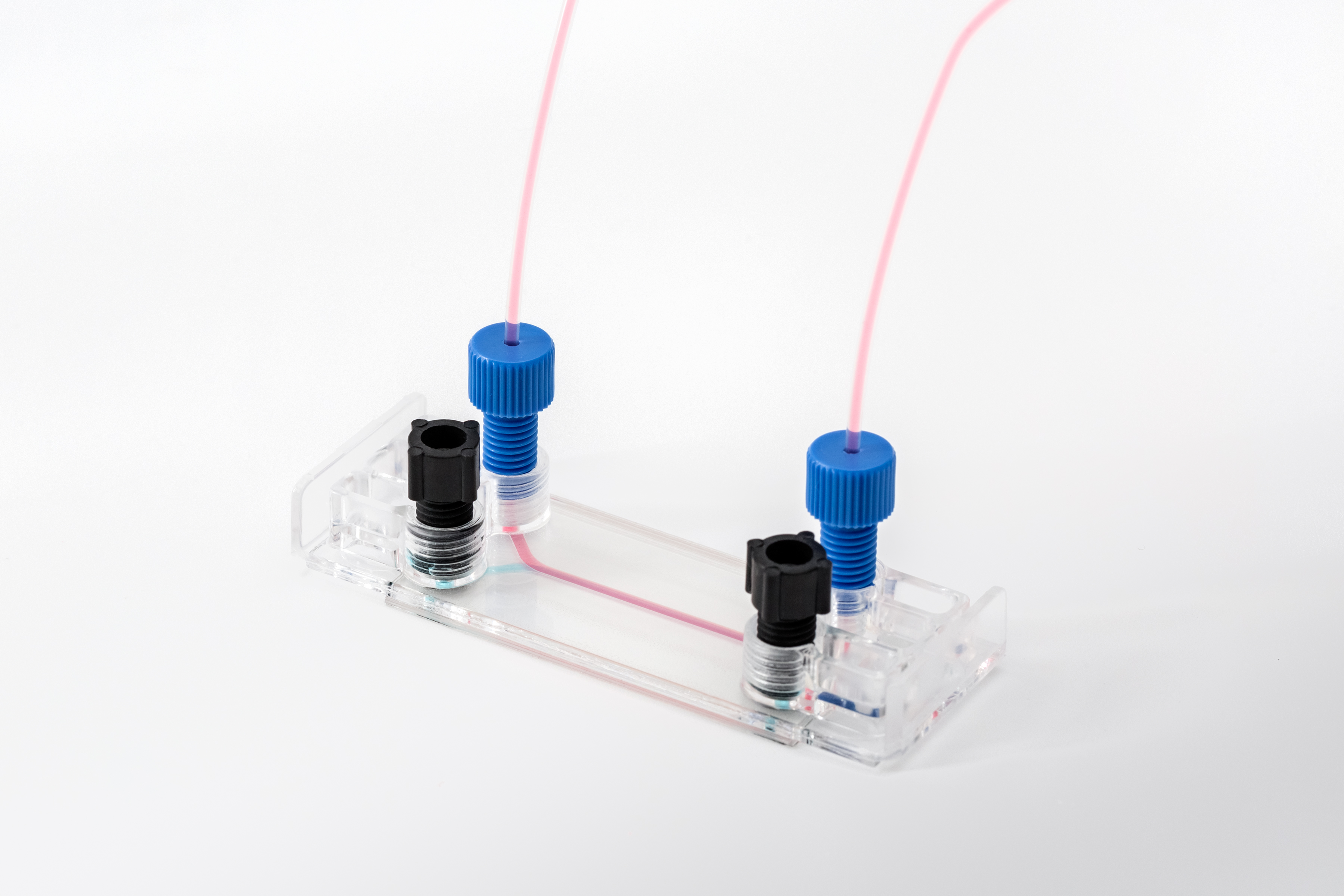
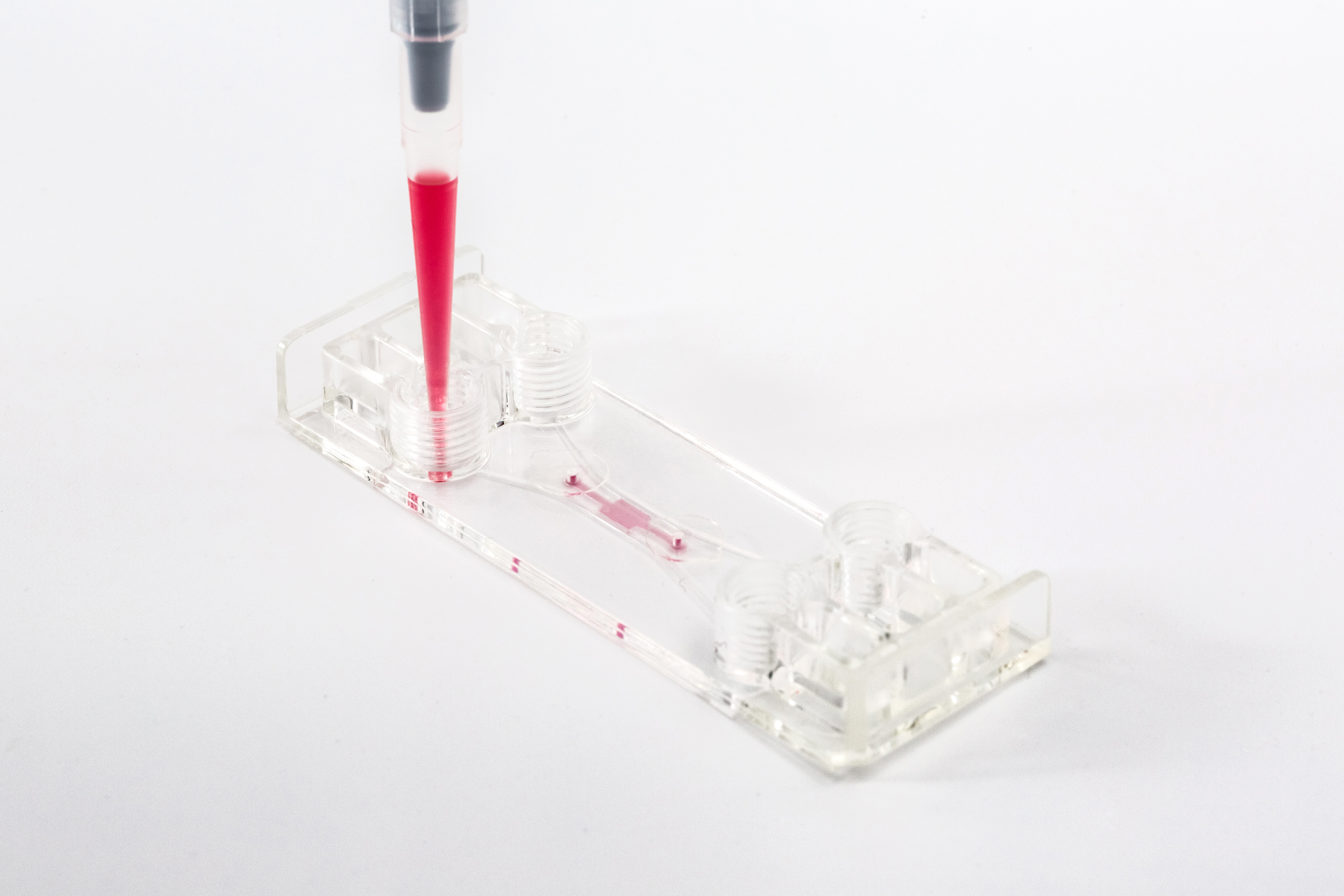
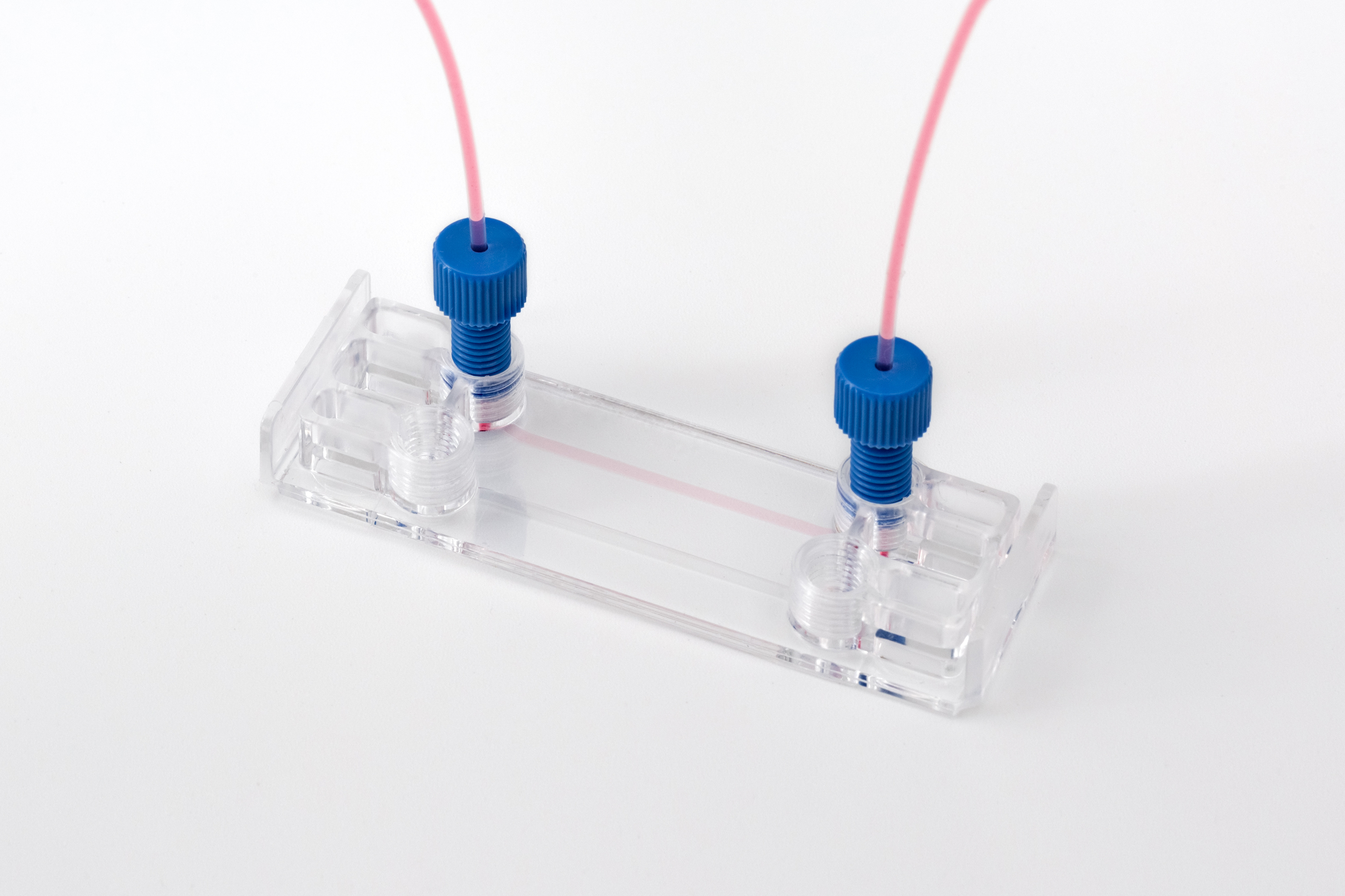
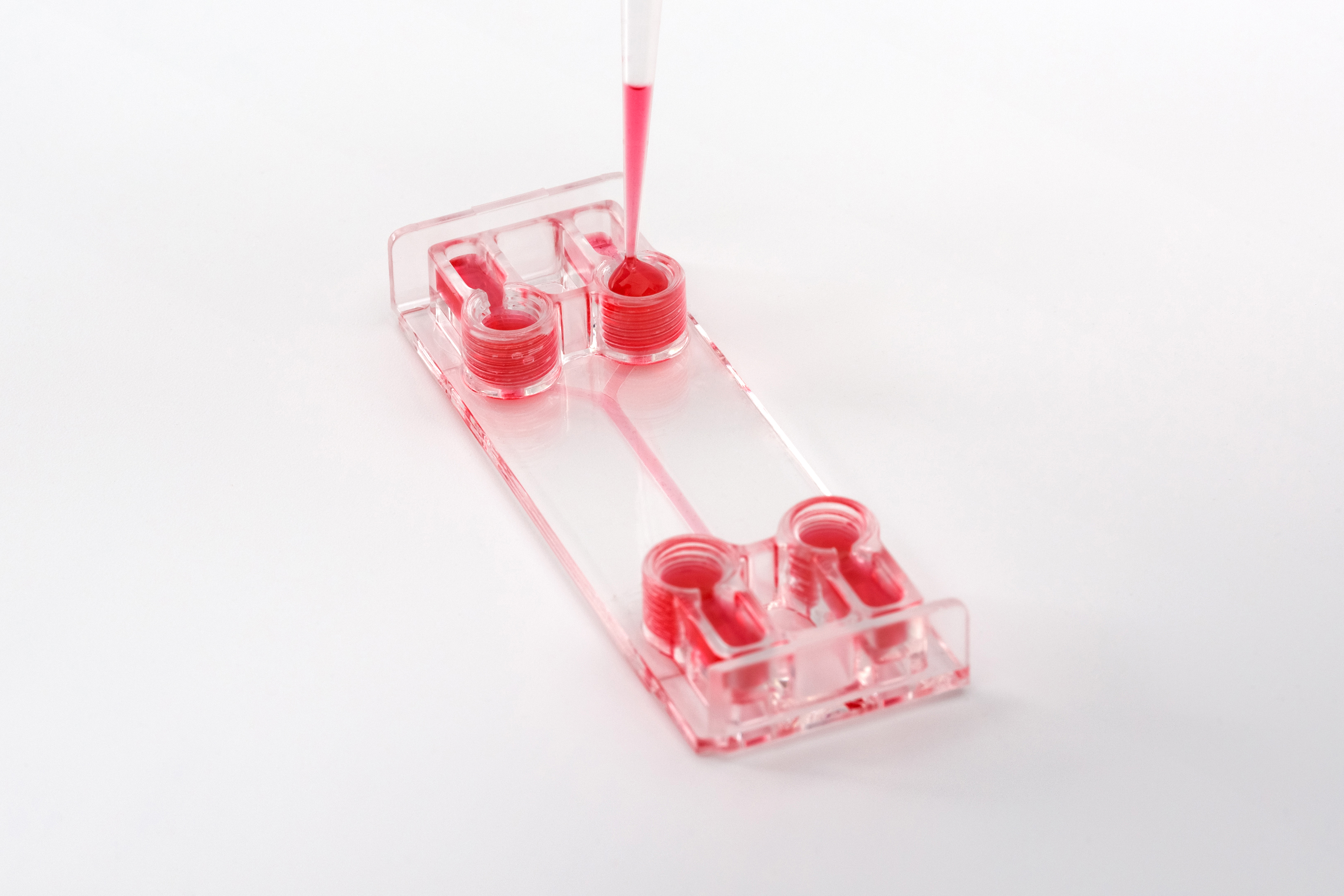
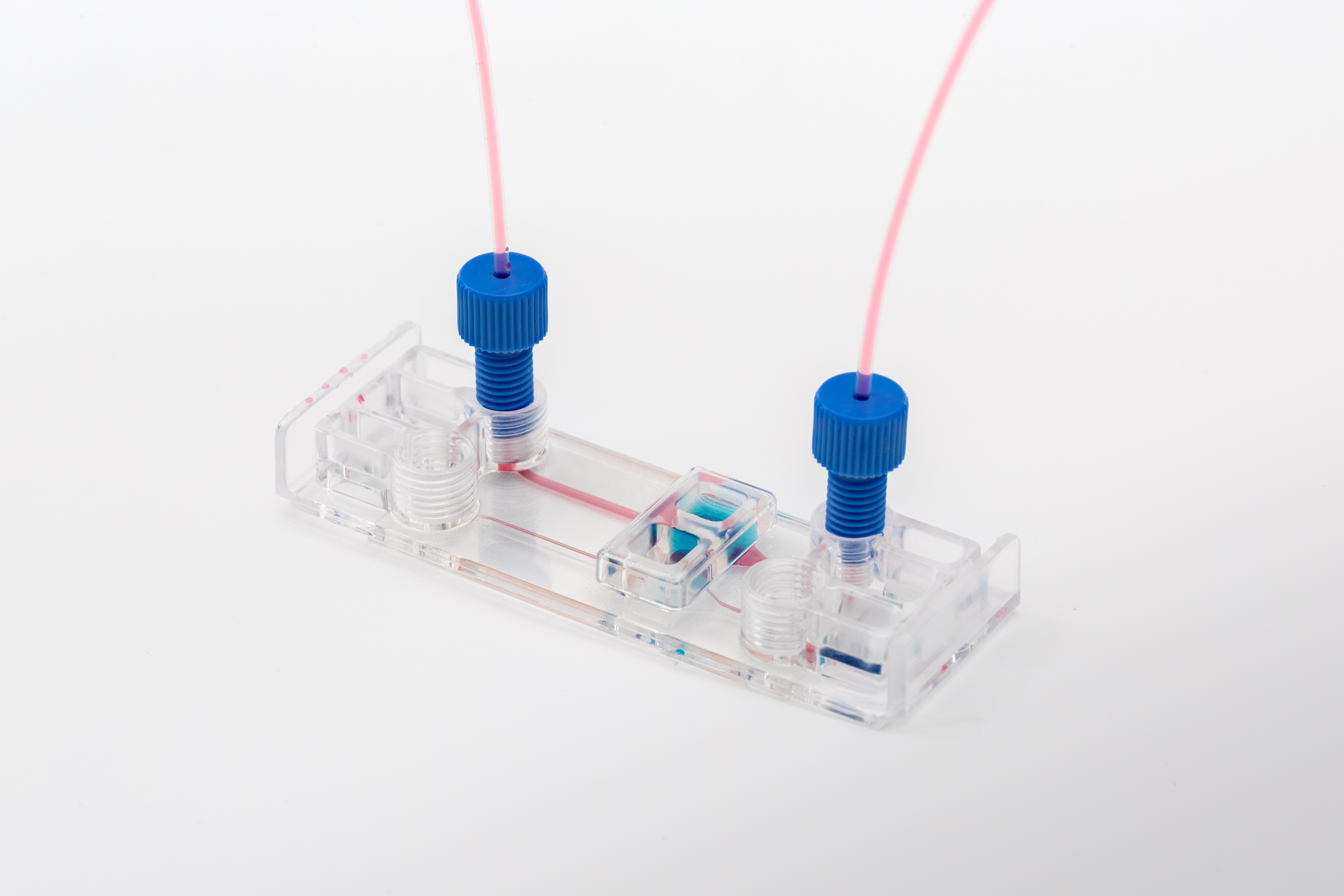


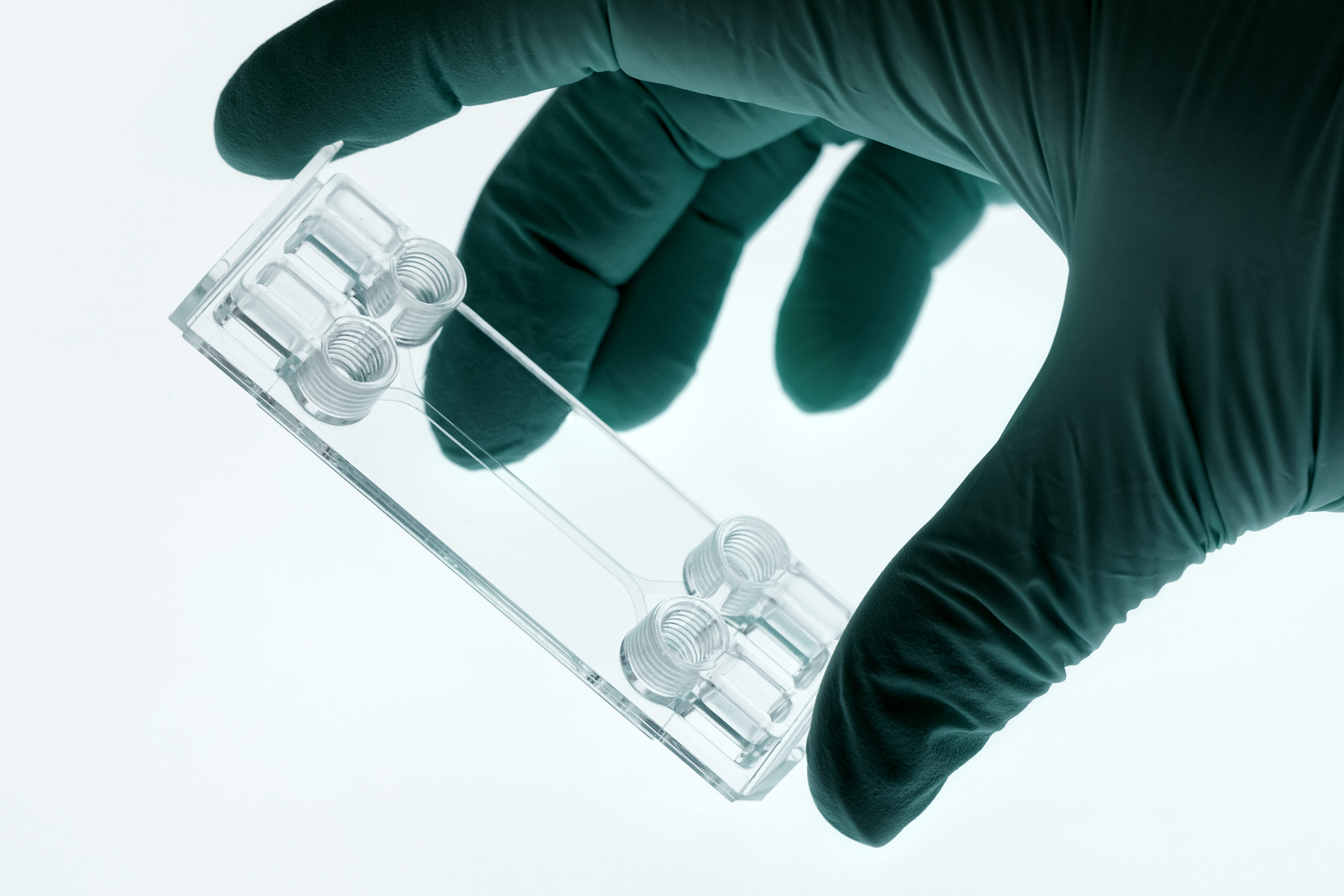
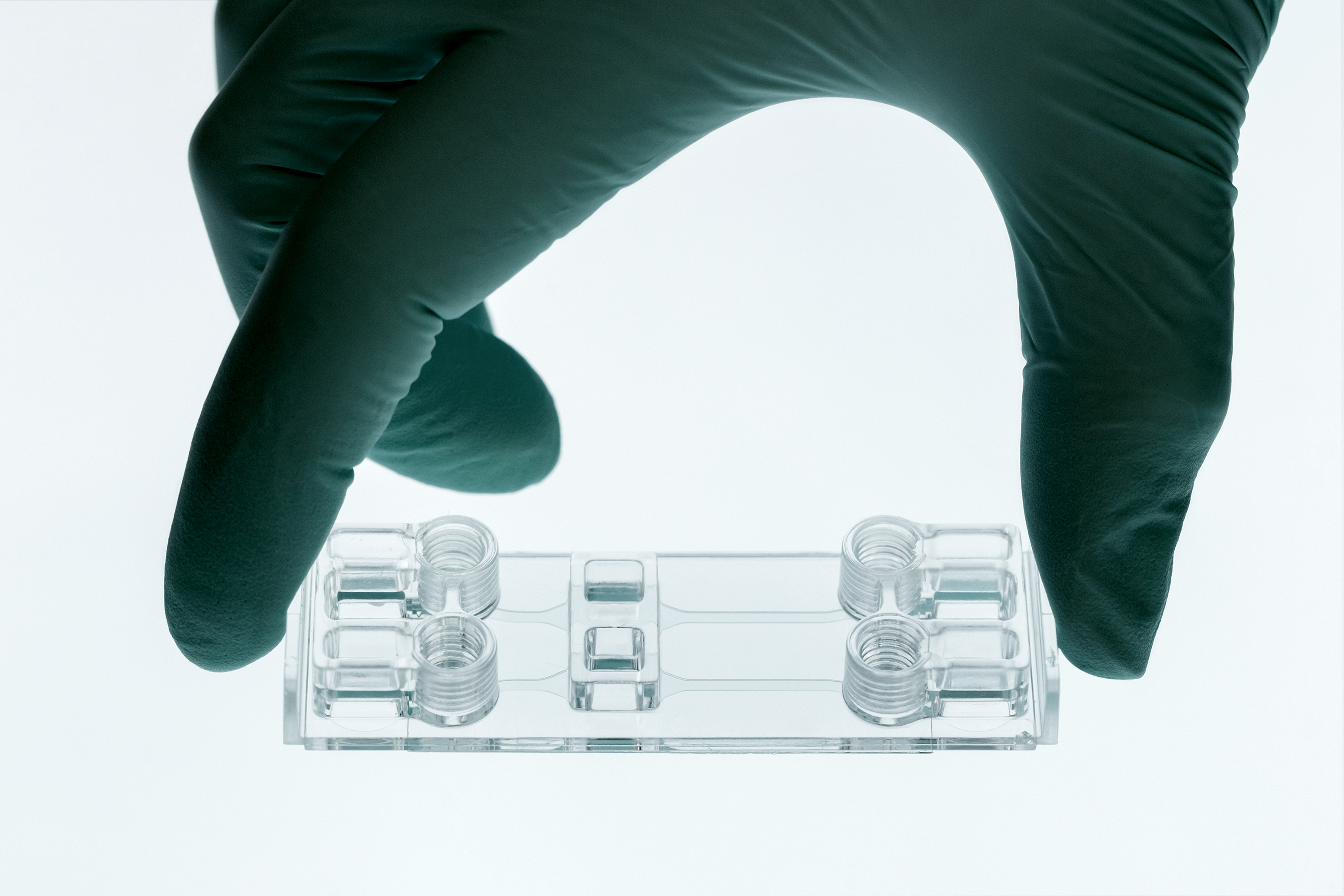
Beonchip 微流控芯片
-
品牌:Beonchip
-
品名:
-
货号:标准/定制
-
规格:套
-
目录价:询价










- 产品详情
- 使用方法
- 技术专栏
- 相关应用
- 相关视频
一、Beonchip微流控芯片7大特点
1.材料:环烯烃聚合物 (COP) 和环烯烃共聚物 (COC) 是所有产品的优选材料。这些医用级塑料是器官芯片和生命科学应用的好材料。
2.抗渗透性:这些材料对氧气和水蒸气的渗透性非常低,可以通过控制培养基中的浓度和通量来精确控制微通道内的这些气体。事实上,通过仔细控制这些参数,可以在我们的芯片内进行缺氧实验。
3.无非特异性吸附问题:其他常用于生产器官芯片 OoC 的化学材料(如 PDMS)存在非特异性吸收问题,因此无法用于药物测试实验。COP 和 COC 是疏脂性材料,不存在此问题,因此可用于药物开发和扩散实验。

4.光学特性:COP 和 COC 具有出色的光学性能。这些材料在可见光和近紫外范围内具有透明度,双折射低,阿贝数(Abbe number)高,是显微镜应用的理想选择。

5.良好的耐化学性和耐热性:COP 和 COC 对酸和极性溶剂具有出色的耐化学性。此外,这些化合物具有较高的玻璃化转变温度,在某些配方中接近 190°C。
6.大规模生产:Beonchip 的产品采用热塑性注塑工艺制造,确保了批次之间的可重复性,并允许大批量生产而不影响其质量。
7.微流体兼容性:Beonchip 的微流体连接设计用于各类型的微流体控制系统,如注射泵、蠕动泵或基于压力的流量控制系统。我们可以为我们的芯片提供适配器,这些适配器与您的流量控制系统的鲁尔或倒钩连接兼容。
二、Beonchip微流控芯片
Beonchip目前有标准芯片和定制化芯片,其中有四种类型:
标准芯片类型一:Be-Flow
Be-Flow专门用于培养基流动下的细胞培养。它允许在两个独立的通道中进行长期的2D或3D培养。Be-Flow兼容各种微流控泵系统,并且由于其入口/出口处的流体储存器,也可以简单地与摇床一起使用,请移至“资料下载”获取原版的Be-Flow使用说明书及应用说明。
应用: 血管研究、与细胞粘附到血管内皮有关的过程(感染、细胞治疗、转移等)。
举例:
1.Ayuso, J. M. et al. SU-8 Based Microdevices to Study Self-Induced Chemotaxis in 3D Microenvironments. Front. Mater. 2, 1–10 (2015).
该文章研究SU-8作为复杂细胞培养微装置结构材料的可行性,展示了一种基于SU-8的微装置Be-Flow,通过营养限制与细胞自然代谢相结合,细胞表现出向营养源迁移的自然反应,展示了细胞如何适应其微环境的变化。
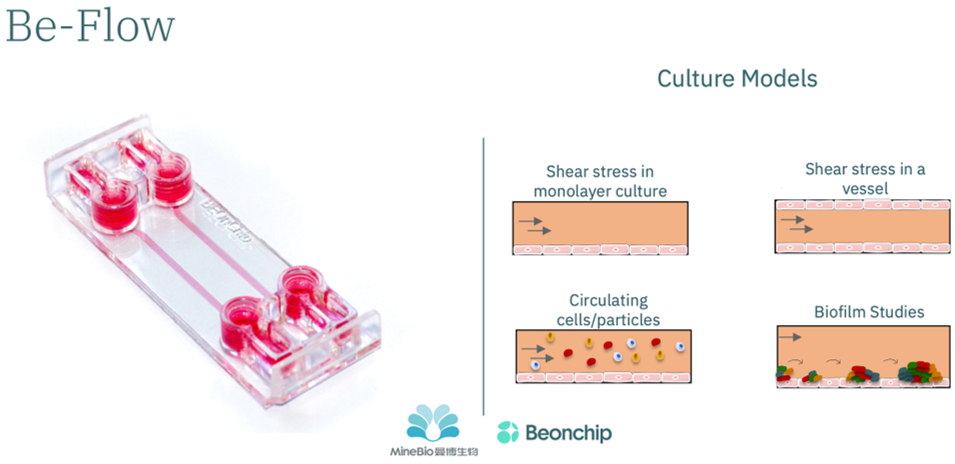
标准芯片类型二:Be-Transflow
Be-Transflow通过多孔膜将培养井与微流控通道连接起来,允许研究复杂的培养配置。非常适合空气液界面(ALI)培养、内皮/上皮屏障和交互研究。请移至“资料下载”获取原版的Be-Transflow使用说明书及应用说明。
应用: 免疫系统体外模型、血管粥样硬化斑块形成、上皮粘连等。
举例:
1.Olaizola-Rodrigo et al., S. Reducing Inert Materials for Optimal Cell–Cell and Cell–Matrix Interactions within Microphysiological Systems. Biomimetics, 9, 262. (2024)
该研究使用Be-Transflow研究减少惰性材料以优化微生理系统中的细胞-细胞和细胞-基质相互作用,涉及微生理系统和细胞相互作用领域。
2.Fernandez-Carro, E. et al. Human Dermal Decellularized ECM Hydrogels as Scaffolds for 3D In Vitro Skin Aging Models. Int. J. Mol. Sci. , 25, 4020 (2024)
该研究使用Be-Transflow研究人类皮肤脱细胞ECM水凝胶作为3D体外皮肤老化模型支架,属于组织工程和皮肤老化模型领域。
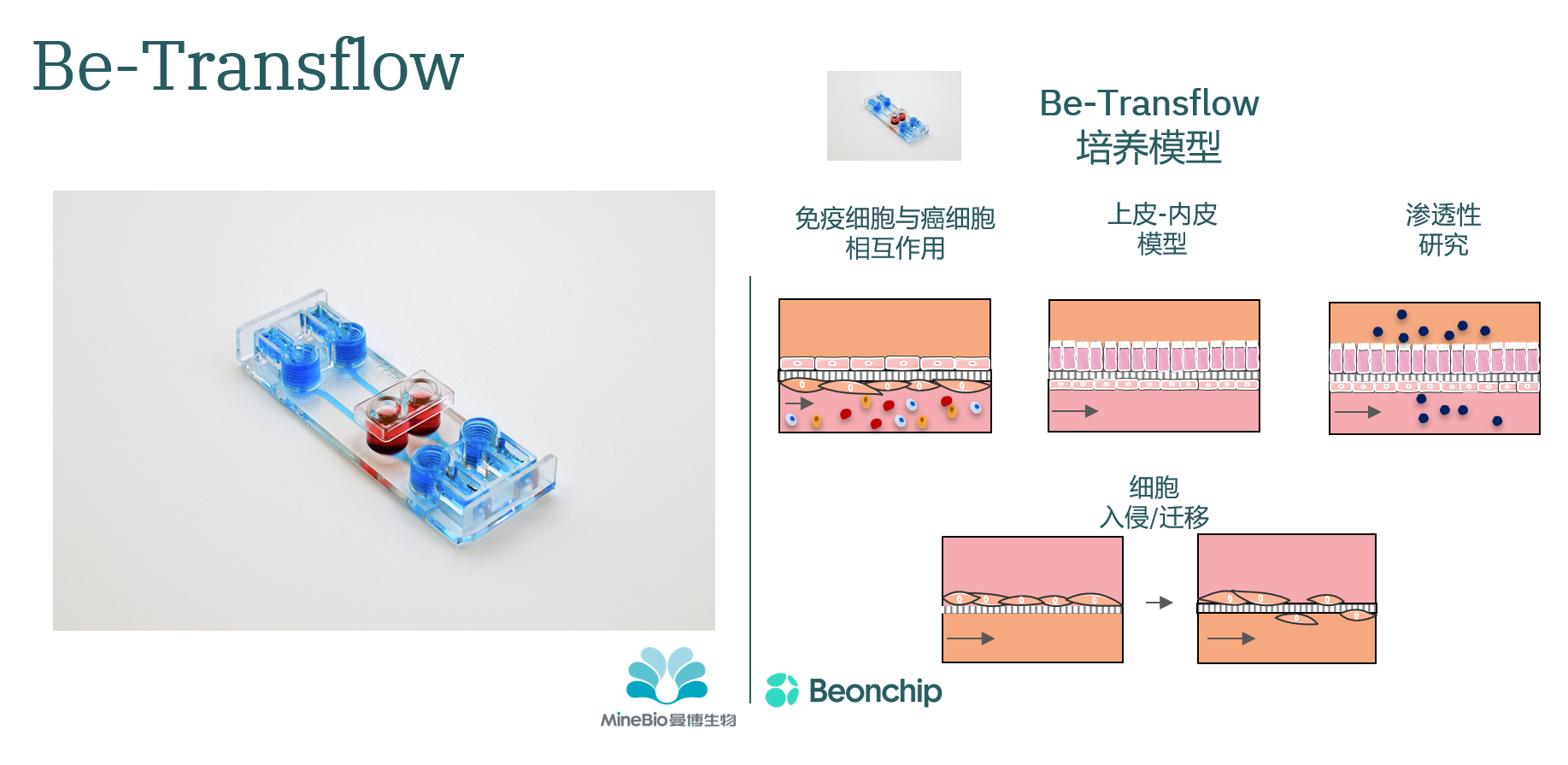
标准芯片类型三:Be-Doubleflow
Be-Doubleflow由两个通过多孔膜连接的可灌流通道组成。在仿生环境中探索不同2D和3D培养之间的相互作用,并通过选择适合您应用的孔径来控制相互作用的效率。请移至“资料下载”获取原版的Be-Doubleflow使用说明书及应用说明。
应用: 当需要气体控制(缺氧、厌氧、缺血-再灌注)、研究循环粒子(细菌、免疫系统、循环肿瘤细胞)的影响以及内皮/上皮屏障,特别是当通量在共培养的两侧都发挥作用时,可使用该芯片进行您的研究。
举例:
1.Stankovic, T. et al. In vitro biomimetic models for glioblastoma-a promising tool for drug response studies. DRUG RESISTANCE UPDATES. 55, pp. 100753. (2021).
该研究使用综述Be-Doubleflow体外仿生模型用于胶质母细胞瘤药物响应研究,属于癌症研究和药物筛选领域。
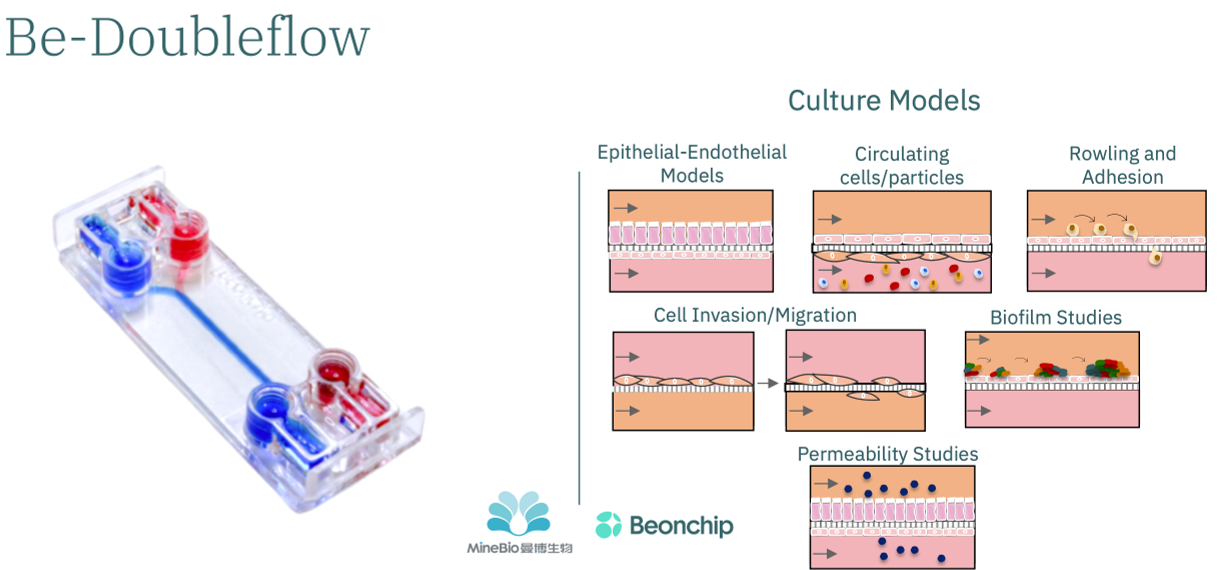
标准芯片类型四:Be-Gradient Barrier Free
Be-Gradient Barrier Free为3D细胞培养应用电化学梯度而设计的设备。BE-Gradient兼容各类型的光学显微镜(倒置相差显微镜、共聚焦显微镜、荧光显微镜等)。Be-Gradient由一个细胞培养室和两个与其直接接触的通道组成。改变中央室两侧通道之间一种元素的浓度会产生化学梯度。请移至“资料下载”获取原版的Be-Gradient Barrier Free使用说明书及应用说明。
应用: 细胞/球体的侵袭和迁移、血管生成、转移、血管生成、趋化、缺血、细胞分化或氧化应激。
举例:
1.Clara Bayona et al, Development of an organ-on-chip model for the detection of volatile organic compounds as potential biomarkers of tumour progression, Biofabrication 16, 045002 (2024)
该研究使用Be-Gradient Barrier Free开发了一个“器官芯片”模型,用于检测挥发性有机化合物作为肿瘤进展的潜在生物标志物,属于癌症研究、器官芯片技术和生物标志物检测领域。
2.Olaizola-Rodrigo et al., Tuneable hydrogel patterns in pillarless microfluidic devices, Lab Chip,24, 2094-2106 (2024).
该研究使用Be-Gradient Barrier Free研究可调节水凝胶图案的无柱微流控设备,涉及微流控技术和水凝胶应用领域。
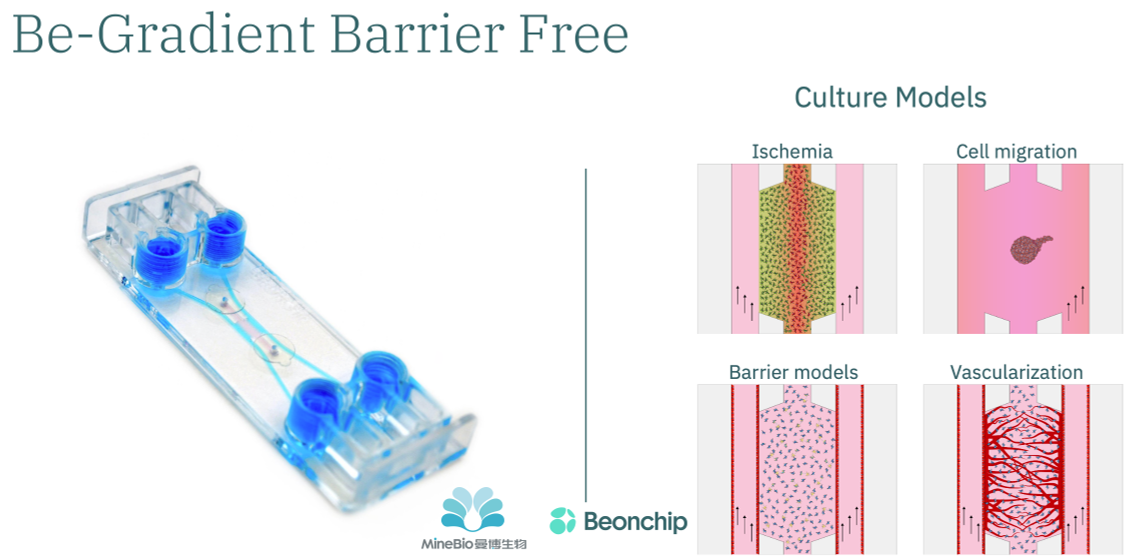
定制化芯片:
从微通道尺寸、底座厚度、微孔尺寸、底座类型等多个角度定制适合您研究的芯片。
上海曼博生物医药科技有限公司是Beonchip正式授权的中国代理商,您可直接联系我们或经我们授权的经销商进行咨询、定制、选购。
三、已发表文章(部分)
1. Clara Bayona et al, Development of an organ-on-chip model for the detection of volatile organic compounds as potential biomarkers of tumour progression, Biofabrication 16, 045002 (2024)
2. Olaizola-Rodrigo et al., S. Reducing Inert Materials for Optimal Cell–Cell and Cell–Matrix Interactions within Microphysiological Systems. Biomimetics, 9, 262. (2024)
3. Olaizola-Rodrigo et al., Tuneable hydrogel patterns in pillarless microfluidic devices, Lab Chip,24, 2094-2106 (2024).
4. Fernandez-Carro, E. et al. Human Dermal Decellularized ECM Hydrogels as Scaffolds for 3D In Vitro Skin Aging Models. Int. J. Mol. Sci. , 25, 4020(2024)
5. Fernandez-Carro, E. et al. ‘Nanoparticles Stokes radius assessment through permeability coefficient determination within a new stratified epithelium on-chip model’, Artificial cells, nanomedicine, and biotechnology, 51(1), pp. 466–475. (2023).
6. González-Lana, S. Surface modifications of COP-based microfluidic devices for improved immobilisation of hydrogel proteins: long-term 3D culture with contractile cell types and ischaemia model. LAB ON A CHIP. (2023).
7. Ayensa-Jiménez, J. et al. M. Analysis of the parametric correlation in mathematical modeling of in vitro glioblastoma evolution using copulas.MATHEMATICS. 9 – 1, pp. 27 (2021).
8. Pérez-Aliacar. M. et al. Predicting cell behaviour parameters from glioblastoma on a chip images. A deep learning pproach. Computers in Biology and Medicine. 135, pp. 104547 (2021).
9. Stankovic, T. et al. In vitro biomimetic models for glioblastoma-a promising tool for drug response studies. DRUG RESISTANCE UPDATES. 55, pp. 100753. (2021).
10. Ayensa-Jiménez, J. et al. Mathematical formulation and parametric analysis of in vitro cell models in microfluidic devices: application to different stages of glioblastoma evolution. SCIENTIFIC REPORTS. 10 – 1, pp. 21193 (2020).
11. Virumbrales-Muñoz M et al. Enabling cell recovery from 3D cell culture microfluidic devices for tumour microenvironment biomarker profiling. SciRep. (2019).
12. Ayuso, J. M. et al. Glioblastoma on a microfluidic chip: Generating pseudopalisades and enhancing aggressiveness through blood vessel obstruction events. Neuro. Oncol. 19, now230 (2017).
13. De Miguel, D. et al. TRAIL-coated lipid-nanoparticles overcome resistance to soluble recombinant TRAIL in non-small cell lung cancer cells. Nanotechnology 27, 185101 (2016).
14. De Miguel, D. et al. Improved Anti-Tumor Activity of Novel Highly Bioactive Liposome-Bound TRAIL in Breast Cancer Cells. Recent Pat.Anticancer. Drug Discov. 11, 197–214 (2016).
15. De Miguel, D. et al. High-order TRAIL oligomer formation in TRAIL_x0002_coated lipid nanoparticles enhances DR5 cross-linking and increases antitumour effect against colon cancer. Cancer Lett. 383, 250–260(2016).
16. Ayuso, J. M. et al. Development and characterization of a microfluidic model of the tumour microenvironment. Sci. Rep. 6, 36086 (2016).
17. Martínez-gonzález, A. et al. Systems Biology of Tumor Microenvironment. vol. 936 (Springer International Publishing, 2016).
18. Ayuso, J. M. et al. SU-8 Based Microdevices to Study Self-Induced Chemotaxis in 3D Microenvironments. Front. Mater. 2, 1–10 (2015).
- 没有数据
-
没有数据

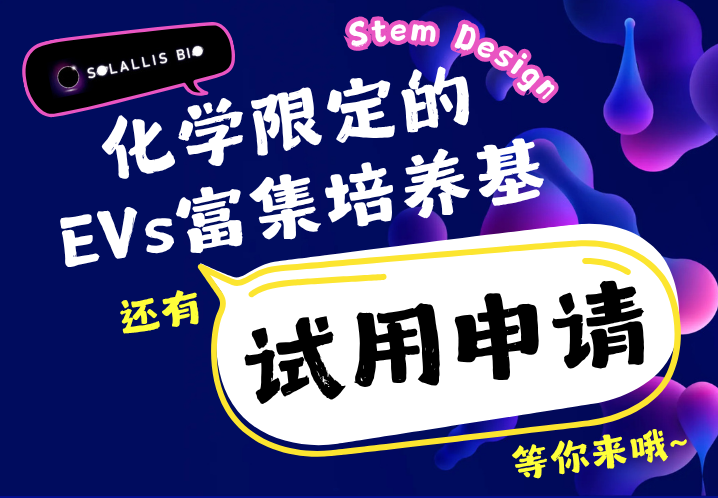

 MineBio 精选
MineBio 精选  BioLamina人类重组层粘连蛋白
BioLamina人类重组层粘连蛋白  在线咨询
在线咨询